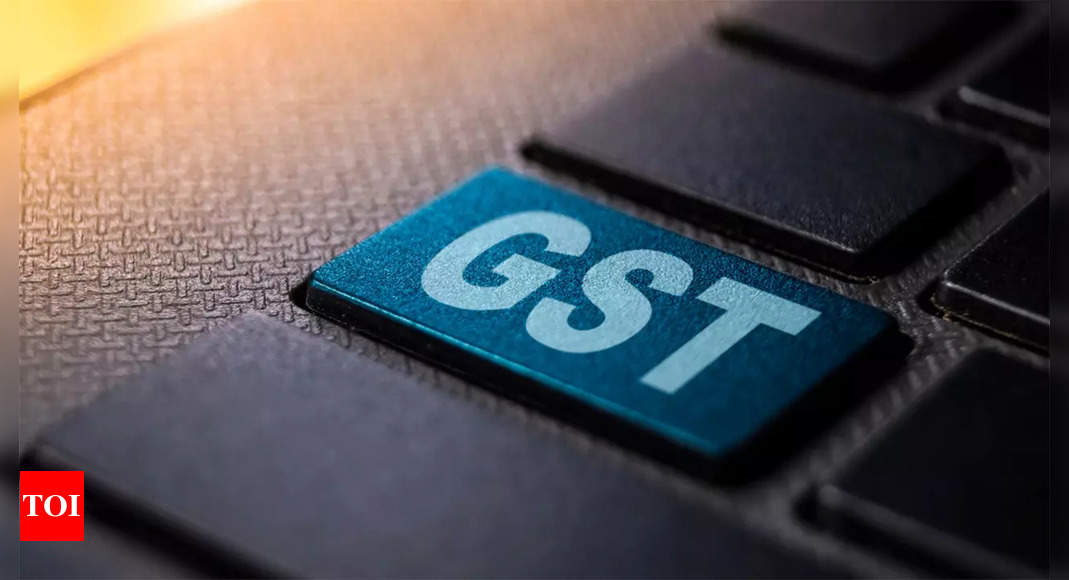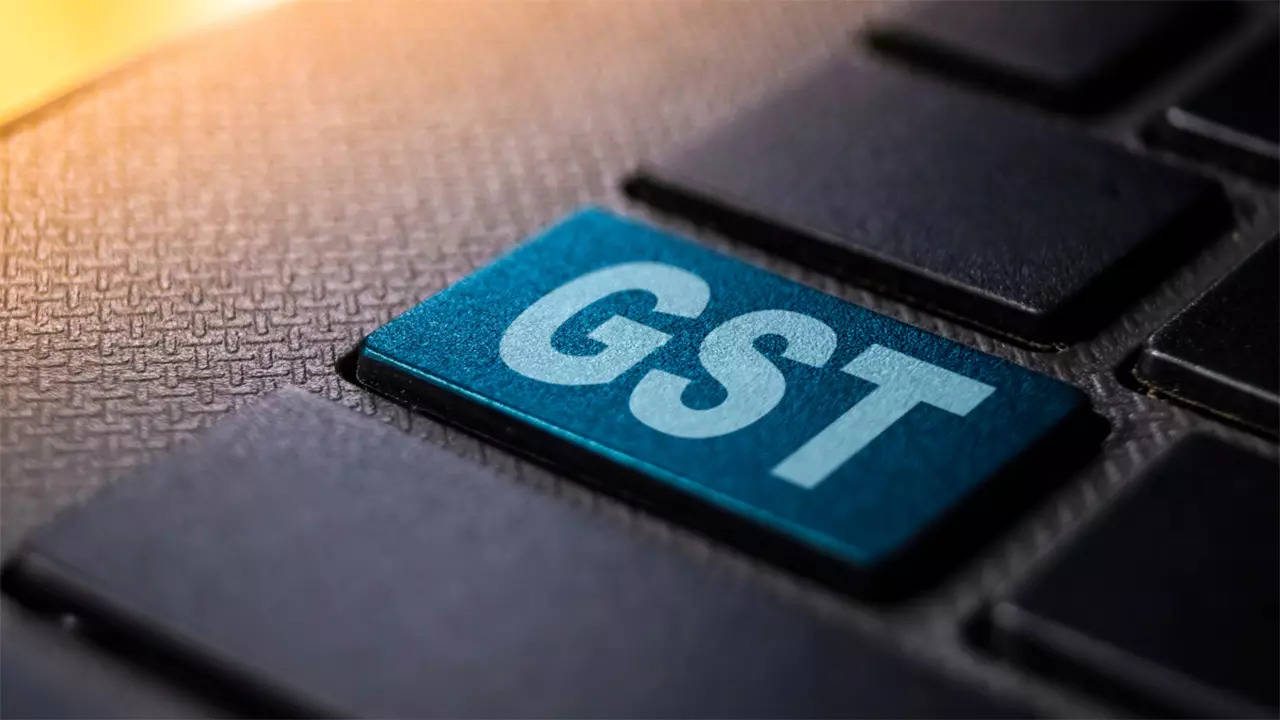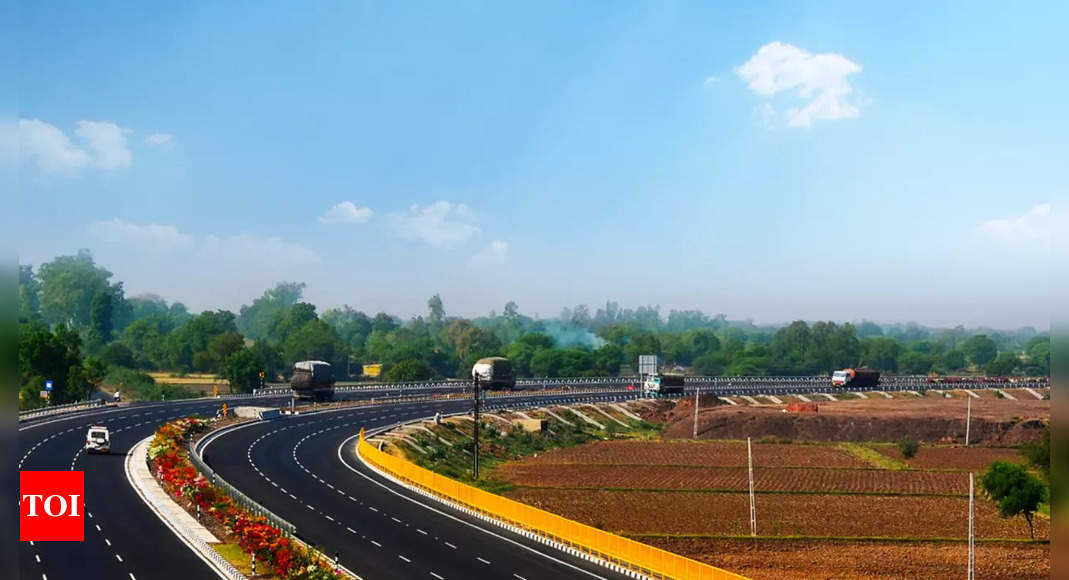All eyes are on the instructions to be passed on February 8 regarding GST anti-profiteering
Mumbai: The Delhi High Court recently upheld provisions related to anti-profiteering measures and setting up of a National Anti-Profiteering Authority.NAA) under Goods and Services (GST) laws.
However, like Manish Gadia“The High Court further ordered that the authorities should not exercise powers by expanding the scope of such provisions and the taxpayers should not be unjustly enriched and wherever the benefit is derived,” explains partner, GMJ & Co, a firm of chartered accountants. It must be delivered to the final customers. Authorities should use powers judiciously and avoid unfair prosecutions.
The Delhi High Court was hearing writ petitions filed by around 100 companies from different sectors. The matter is now listed before the division bench on February 8 for appropriate directions.
Section 171 of the CGST Act, 2017 provides that the benefit of reduction in the rate of tax or input tax credit on any supply of goods or services shall be passed on to the recipient by way of proportionate reduction in prices.
In the initial months of VAT implementation, it was found that despite the huge decline in the tax rate after VAT implementation, manufacturers did not reduce the MRP of the goods. “As a lesson from tub “As per experience, when GST was being implemented in the country, there was a demand by businesses to provide legal mandate in the GST law by including anti-profiteering provisions to prevent profiteering,” says Gadiya.
Sunil Gabhwala, chartered accountant and founder of a firm specializing in indirect taxes, says, “At the time of introduction of GST, there were changes in tax rates and input credit eligibility for almost all taxpayers attracting anti-profiteering provisions. In the first few years of implementation, there were frequent changes in rates resulting in the need to carry forward benefits if there was any shortfall. Recently, tax rates have become stable and changes in tax rates do not occur so frequently. Therefore, the provisions apply in a very limited number of cases. In such cases, taxpayers should ensure that the benefit of reduction in tax rate is passed on to the consumer by way of reduction in price and adequate documentation is available to demonstrate the said reduction.
He said, tax experts also agree that Indian industry faces some challenges. “Whether there is profiteering or not is very subjective and the officer should take a rational approach based on industry parameters otherwise it will lead to huge litigation. “The court has also observed the same and has passed orders accordingly,” Gadia said.
He explains: When the GST Act was implemented, hotel rooms had declared tariffs up to Rs. 1000 per day were exempted from taxation,
However, from July 18, 2022, hotel rooms with announced tariffs up to Rs. 1000 per day is now taxable at the rate of 12% and they are eligible to claim Input Tax Credit (ITC) of their day-to-day expenses.
It is very difficult to reduce the per day tariff to be able to give the benefit of ITC as there is no direct relationship between income and expenditure and in the event of an investigation it would be a challenging task to prove to the authorities that the benefit has been availed, explains Gadia. transferred to the recipient because most of the inward supplies like security, human power supply etc. are fixed costs and it is difficult to ascertain the profit per unit.
There are specific computational challenges in case of a GST rate cut, says Gabhavala: GST is payable at each stage of the transaction in the supply chain, which involves multiple persons like distributors, dealers, retailers, etc. Therefore, the benefit of rate cut is being given. Not only the MRP is impacted but also the price at the distributor/dealer/retailer, resulting in impact on volume discounts and other incentive payments. Second, the treatment of inventory in the supply chain and who will bear the impact of rate reduction for such inventory is another contentious issue. Additionally, inventory may need to be re-labeled or recalled/replaced resulting in logistics costs and product availability challenges.
However, like Manish Gadia“The High Court further ordered that the authorities should not exercise powers by expanding the scope of such provisions and the taxpayers should not be unjustly enriched and wherever the benefit is derived,” explains partner, GMJ & Co, a firm of chartered accountants. It must be delivered to the final customers. Authorities should use powers judiciously and avoid unfair prosecutions.
The Delhi High Court was hearing writ petitions filed by around 100 companies from different sectors. The matter is now listed before the division bench on February 8 for appropriate directions.
Section 171 of the CGST Act, 2017 provides that the benefit of reduction in the rate of tax or input tax credit on any supply of goods or services shall be passed on to the recipient by way of proportionate reduction in prices.
In the initial months of VAT implementation, it was found that despite the huge decline in the tax rate after VAT implementation, manufacturers did not reduce the MRP of the goods. “As a lesson from tub “As per experience, when GST was being implemented in the country, there was a demand by businesses to provide legal mandate in the GST law by including anti-profiteering provisions to prevent profiteering,” says Gadiya.
Sunil Gabhwala, chartered accountant and founder of a firm specializing in indirect taxes, says, “At the time of introduction of GST, there were changes in tax rates and input credit eligibility for almost all taxpayers attracting anti-profiteering provisions. In the first few years of implementation, there were frequent changes in rates resulting in the need to carry forward benefits if there was any shortfall. Recently, tax rates have become stable and changes in tax rates do not occur so frequently. Therefore, the provisions apply in a very limited number of cases. In such cases, taxpayers should ensure that the benefit of reduction in tax rate is passed on to the consumer by way of reduction in price and adequate documentation is available to demonstrate the said reduction.
He said, tax experts also agree that Indian industry faces some challenges. “Whether there is profiteering or not is very subjective and the officer should take a rational approach based on industry parameters otherwise it will lead to huge litigation. “The court has also observed the same and has passed orders accordingly,” Gadia said.
He explains: When the GST Act was implemented, hotel rooms had declared tariffs up to Rs. 1000 per day were exempted from taxation,
However, from July 18, 2022, hotel rooms with announced tariffs up to Rs. 1000 per day is now taxable at the rate of 12% and they are eligible to claim Input Tax Credit (ITC) of their day-to-day expenses.
It is very difficult to reduce the per day tariff to be able to give the benefit of ITC as there is no direct relationship between income and expenditure and in the event of an investigation it would be a challenging task to prove to the authorities that the benefit has been availed, explains Gadia. transferred to the recipient because most of the inward supplies like security, human power supply etc. are fixed costs and it is difficult to ascertain the profit per unit.
There are specific computational challenges in case of a GST rate cut, says Gabhavala: GST is payable at each stage of the transaction in the supply chain, which involves multiple persons like distributors, dealers, retailers, etc. Therefore, the benefit of rate cut is being given. Not only the MRP is impacted but also the price at the distributor/dealer/retailer, resulting in impact on volume discounts and other incentive payments. Second, the treatment of inventory in the supply chain and who will bear the impact of rate reduction for such inventory is another contentious issue. Additionally, inventory may need to be re-labeled or recalled/replaced resulting in logistics costs and product availability challenges.






